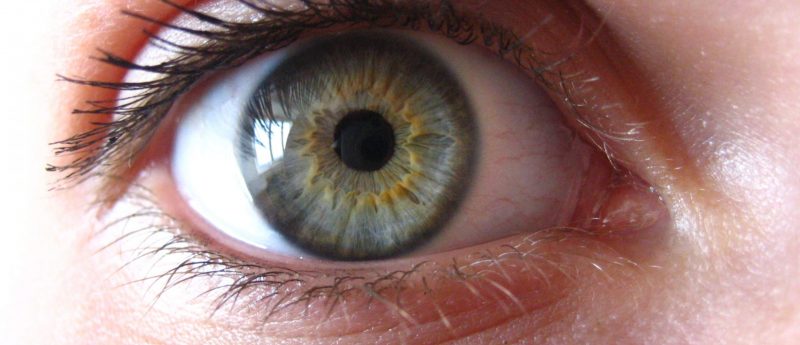World-first transplant of iPSC-derived epithelial cell sheet

Osaka University scientists have transplanted a sheet of corneal epithelial cells derived from iPSCs in a world-first. The patient was treated for corneal epithelial stem cell exhaustion.
A sheet of iPSC-derived epithelial cells has been transplanted into a patient for the first time by a team from Osaka University (Japan), led by Koji Nishida. The first of four patients received the allogeneic transplant in July 2019 for the treatment of limbal stem cell deficiency (termed ‘corneal epithelial stem cell exhaustion’ in the press release).
Corneal transplantation using donor corneas is a well-established procedure designed to improve sight, relieve pain or treat infection and other corneal damage in a range of disorders. However, availability of suitable corneas and rejection of donor tissue can limit the utility of the technique.
Here, human iPSCs obtained from the iPS Cell Research Institute of Kyoto University (CiRA; Japan) were cultured into a sheet of corneal epithelial cells and transplanted into a patient (see what is an iPSC?). This first study was primarily to confirm safety; two patients who are HLA-incompatible will be treated following immunosuppression and the subsequent two patients in the study will be selected based on the results from these first patients. The secondary endpoint of effectiveness will evaluate the degree of improvement of corneal epithelial stem cell exhaustion and visual acuity.
Source: https://resou.osaka-u.ac.jp/ja/research/2019/20190829_1 (in Japanese)
What is an iPSC?
An induced pluripotent stem cell (iPSC) is a cell that has been treated to behave like a pluripotent stem cell, such as an embryonic stem cell, through the application of reprogramming factors. Autologous iPSCs are produced from a patient’s own cells and avoid the risk of immune rejection. Allogeneic iPSCs are produced from someone else’s cells and could be used ‘off-the-shelf’ to reduce the time and expense needed to produce iPSC-based therapies.
Can the cornea regenerate?
The cornea contains a reservoir of stem cells in the basal limbal epithelium which can replace corneal cells as they become damaged, regenerating lost tissue. However, severe corneal damage or loss of the stem cell reservoir can lead to permanent damage. In these cases, transplantation of healthy cells could be the only option to restore site.
Stem cells and blindness
Although often mentioned as a potential cure for blindness and other visual disorders, as yet there are no approved stem cell-based therapies. A number of clinical trials have demonstrated promising results, for example in the treatment of macular degeneration, retinitis pigmentosa or glaucoma. However, other procedures with catastrophic results have shown that more research is required to understand the mechanism of action and confirm safety.